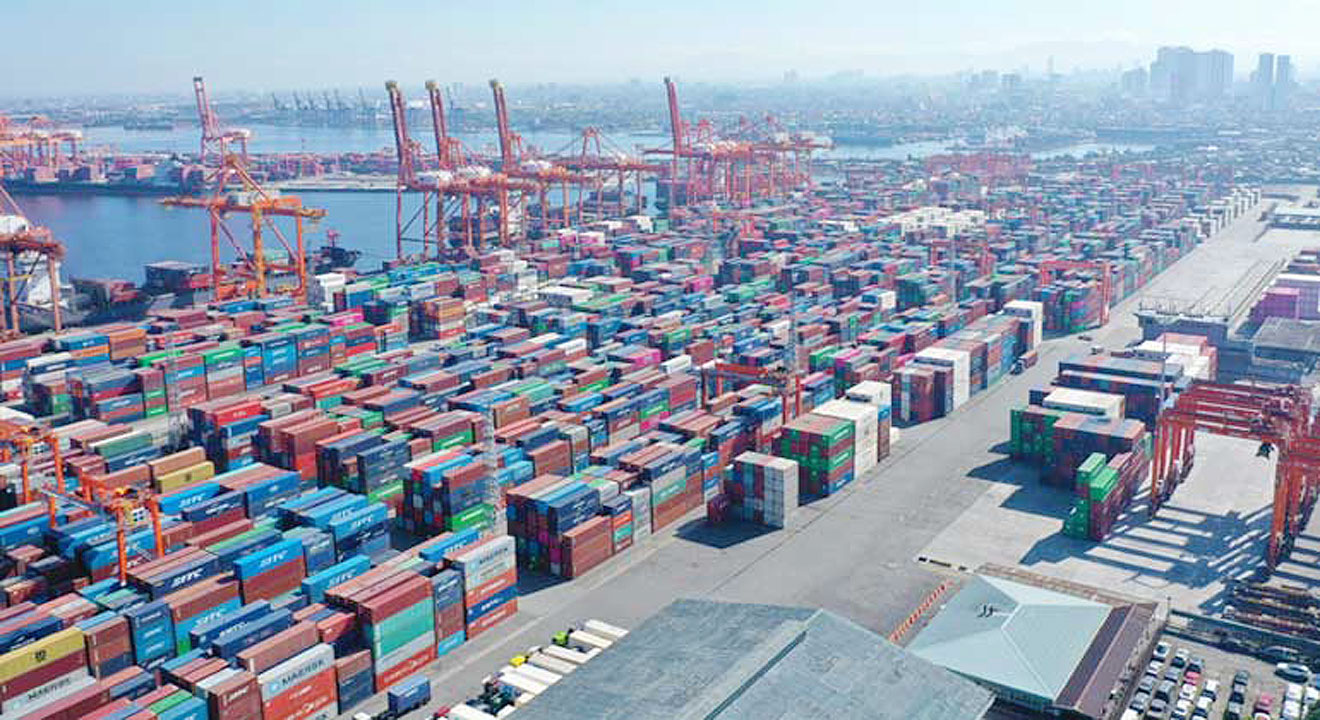World merchandise trade to rise 2.6% in 2024 — WTO

THE World Trade Organization (WTO) said that it projects world merchandise trade volume to grow 2.6% in 2024 and by 3.3% in 2025, with Asia being a major driver.
“WTO economists note that inflationary pressures are expected to abate this year, allowing real incomes to grow again — particularly in advanced economies — thus providing a boost to the consumption of manufactured goods,” it said.
“A recovery of demand for tradable goods in 2024 is already evident, with indices of new export orders pointing to improving conditions for trade at the start of the year,” it added.
Trade volume fell 1.2% in 2023 due to high energy prices and inflation. A recovery is expected over the next two years “as inflationary pressures ease and household incomes improve,” the WTO said.
In particular, the WTO said that imports in Asia remained flat last year as weak demand prevented a stronger recovery in Asia.
“If the forecast is realized, Asia will make a bigger contribution to trade volume growth in 2024 and 2025,” it added.
The WTO projects Asia to add around 1.3 percentage points to the projected 2.9% growth in global exports in 2024 and 1.9 percentage points to the 2.3% growth projection for imports.
Exports from Asian countries are expected to rise 3.4% in 2024 and 2025, while imports are expected to increase 5.6% and 4.7% in 2024 and 2025, respectively.
These projections put Asia among the regions to register the fastest growth in exports and the top region for import growth in the next two years.
According to the WTO, lower inflation in 2024 will support a rebound in consumption and boost merchandise trade volume in 2024 and 2025.
“If recent declines in inflation prove to be durable, policymakers will eventually cut interest rates. This should stimulate investment spending (albeit with a lag), which is intensive in capital goods trade,” it said.
“As cost pressures ease and business confidence improves in the European Union, consumption and investment should stabilize in 2024 and strengthen further in 2025,” it added.
However, the organization said that geopolitical tensions and policy uncertainties could limit the global trade rebound.
“While export growth should improve in many economies as external demand for goods picks up, food and energy prices could again be subject to price spikes linked to geopolitical events,” it said.
“Choosing an appropriate pace of interest rate cuts will also be challenging for central banks in advanced economies, and any miscalculation could lead to financial volatility later in 2024,” it added.
WTO Chief Economist Ralph Ossa said that some governments have become more skeptical of trade, causing them to take steps “in re-shoring production and shifting trade towards friendly nations.”
“The resilience of trade is also being tested by disruptions in two of the world’s main shipping routes: the Panama Canal, which is affected by freshwater shortages, and the diversion of traffic away from the Red Sea,” Mr. Ossa said.
“Under these conditions of sustained disruptions, geopolitical tensions, and policy uncertainty, risks to the trade outlook are tilted to the downside,” he added.
Meanwhile, the WTO’s Global Trade Outlook and Statistics put the Philippines at 24th in terms of imports in world merchandise trade, excluding intra-European Union (EU) trade, last year, accounting for $133 billion.
The Philippines was among the leading exporters and importers of commercial services, excluding intra-EU trade, in 2023. It ranked 21st in terms of commercial service exports ($48 billion), and 26th in terms of imports ($29 billion).
The Philippines was also among the leading exporters of digitally delivered services last year, with exports amounting to $29 billion, or 0.7% of the digitally delivered services exports. — Justine Irish D. Tabile
